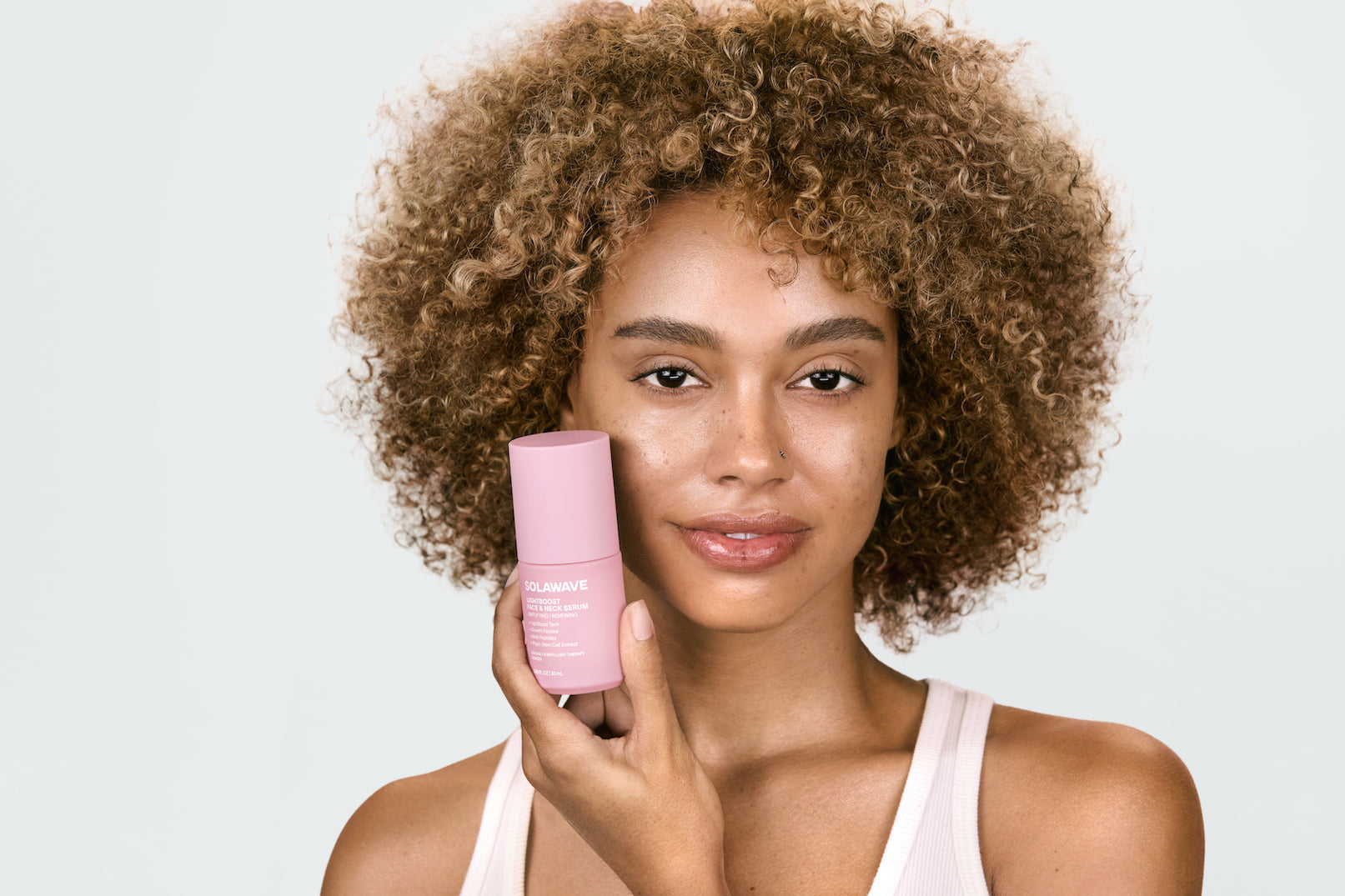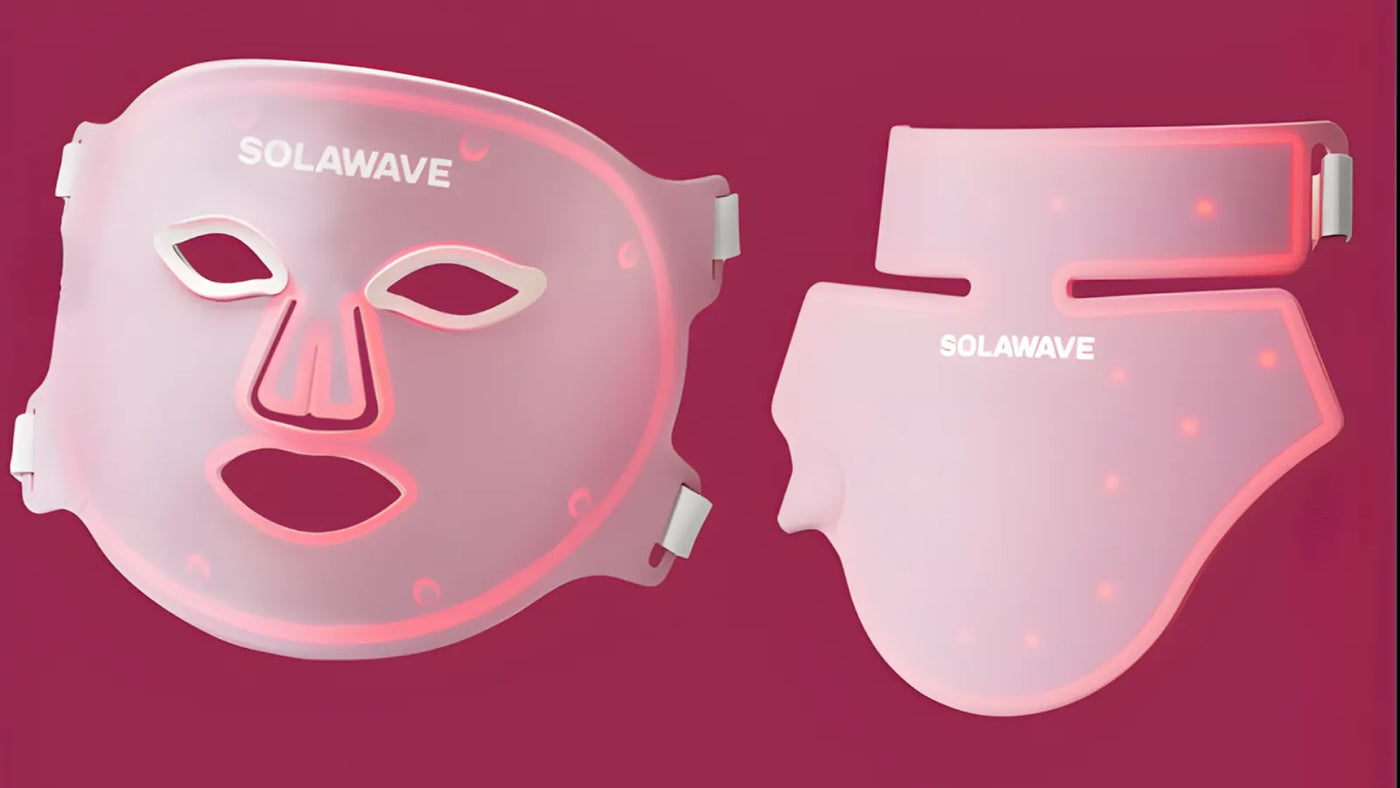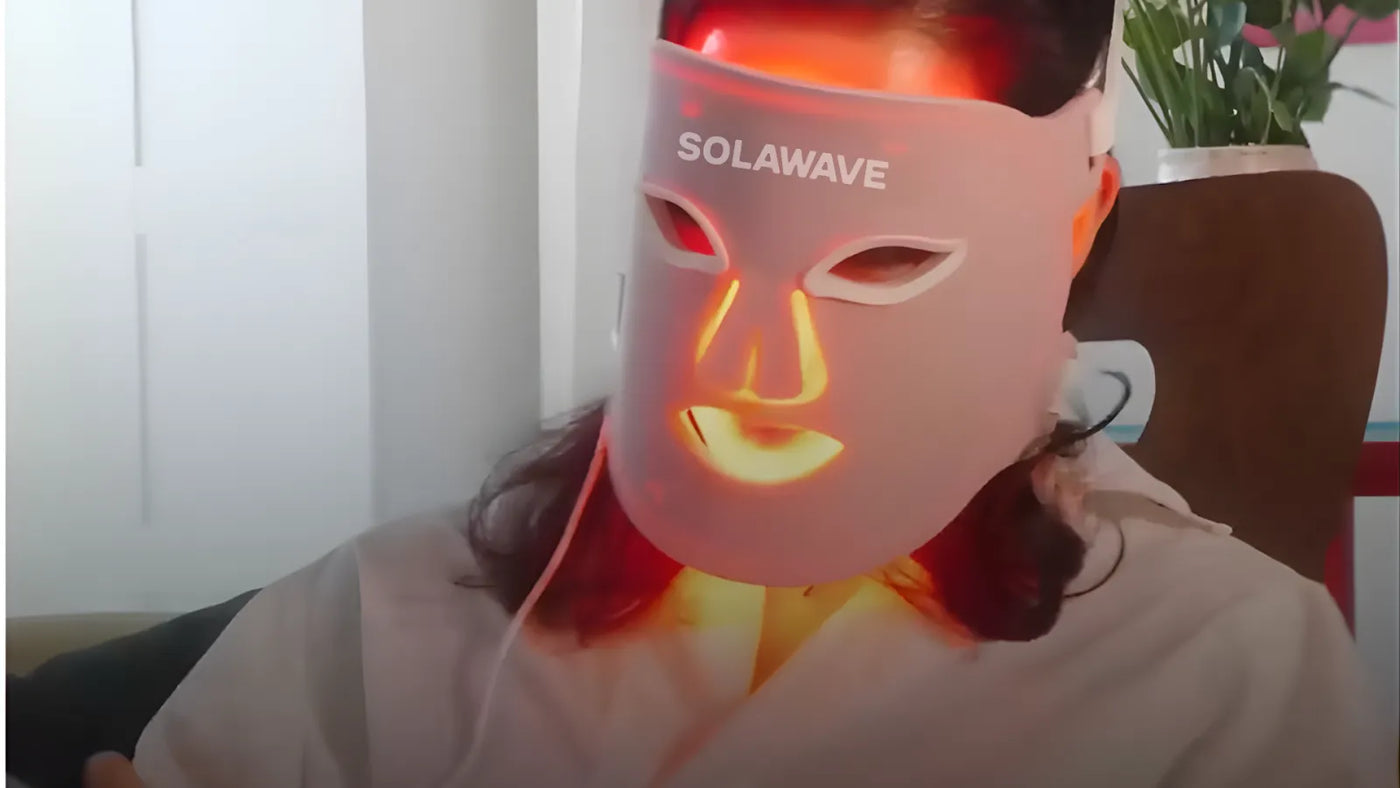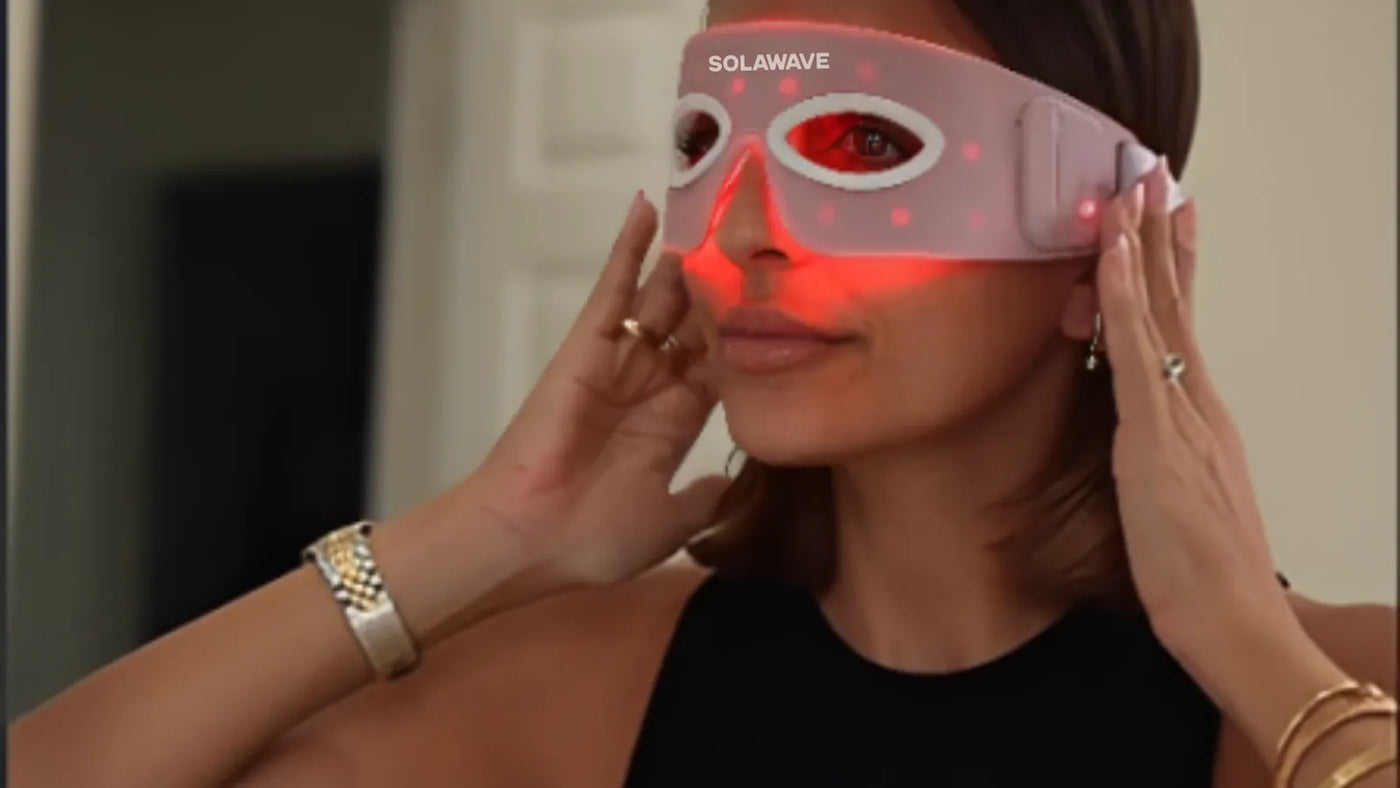

What Does Setting Spray Do?
Ever wondered why your makeup seems to fade or smudge as the day goes on, no matter how carefully you apply it? If you’re searching for a way to keep your look fresh from morning to night, setting spray might be the secret you’ve been missing. Setting spray is a lightweight mist designed to help your makeup stay put, giving you a polished finish that lasts.
Whether you prefer a natural glow or a matte effect, setting spray can help lock in your look and minimize touch-ups. In this guide, we'll talk about exactly what setting spray does, how it works, and how it can fit into your daily beauty routine for smoother, longer-lasting makeup.
What Is Setting Spray and How Does It Work?
Setting spray is a lightweight mist you apply as the final step in your makeup routine. Its main purpose is to help your makeup stay in place, so you can enjoy a fresh, polished look for longer. Setting spray is usually packaged in a spray bottle, making it easy to mist evenly over your face without disturbing your makeup.
When you spritz setting spray onto your skin, it forms a thin, invisible layer that helps hold your foundation, blush, eyeshadow, and other products in place. Many formulas include ingredients that help control oil, add hydration, or create a soft, radiant finish. Some setting sprays even help minimize the appearance of fine lines or give your skin a healthy-looking glow.
There are several types of setting sprays to choose from, depending on your skin’s needs and the look you want to achieve:
-
Matte Setting Sprays: These are great if you have oily skin or prefer a shine-free finish. They help control excess oil and keep your makeup looking smooth and fresh.
-
Dewy Setting Sprays: If you love a radiant, glowing complexion, dewy formulas add a touch of luminosity and keep your skin looking hydrated.
-
Hydrating Setting Sprays: Perfect for dry or mature skin, these sprays contain moisturizing ingredients to help prevent makeup from looking cakey or settling into fine lines.
-
Long-Lasting Setting Sprays: Designed for all-day wear, these formulas lock in your makeup for hours, making them ideal for special occasions or long days.
Choosing the right setting spray can help you customize your makeup routine and achieve the finish you love, whether you want a matte look, a dewy glow, or extra staying power.
What Does Setting Spray Do? Key Benefits
Setting spray offers several benefits that can help you get more out of your makeup routine.
One of the biggest advantages is that it helps your makeup last longer, so you don’t have to worry about fading or touch-ups throughout the day. With just a few spritzes, setting spray creates a lightweight barrier that keeps your foundation, blush, and eyeshadow looking fresh.
Depending on the formula you choose, setting spray can also help reduce shine or add a healthy-looking glow. Matte setting sprays are perfect if you want to control oil and keep your skin looking smooth, while dewy formulas give your complexion a radiant finish.
Another benefit is that setting spray helps minimize makeup transfer and smudging. This means less makeup rubbing off onto your clothes, phone, or hands, and more confidence that your look will stay put. For special events or long days, setting spray is a reliable way to lock in your look, so you can focus on enjoying yourself without worrying about your makeup.
How To Use Setting Spray for Best Results
Knowing how and when to use setting spray can make a big difference in how your makeup looks and lasts. Here’s how to get the most out of your setting spray, step by step.
Setting spray is the final step in your makeup routine. After you’ve finished applying and layering all your products—foundation, concealer, blush, eyeshadow, mascara, and even lipstick—reach for your setting spray. This helps lock everything in place and gives your look a polished finish.
Step-by-Step Guide to Application
-
Shake the Bottle: Before using, give your setting spray a good shake. This helps mix the ingredients so you get an even mist.
-
Hold at the Right Distance: Hold the bottle about 8 to 12 inches away from your face. This distance allows the mist to cover your skin evenly without making any one area too wet.
-
Close Your Eyes and Mouth: To avoid getting product in your eyes or mouth, gently close them before spraying.
-
Spritz in an “X” and “T” Motion: Spray the setting spray in an “X” shape across your face, then follow with a “T” shape. This technique helps cover your entire face, reaching all areas where you’ve applied makeup.
-
Let It Dry Naturally: Allow the spray to air dry. Avoid touching your face or fanning it, as this can disturb your makeup or leave streaks.
Common Mistakes to Avoid With Setting Spray
-
Spraying Too Close: Holding the bottle too close can leave wet spots or cause your makeup to run. Always keep it at least 8 inches away.
-
Using Too Much Product: A few spritzes are enough. Over-applying can make your skin feel sticky or heavy.
-
Skipping the Shake: Not shaking the bottle can result in uneven application, especially if the formula contains shimmer or oil-control ingredients.
-
Applying Before Makeup: Setting spray is designed to lock in finished makeup, not to be used as a primer. For best results, use it only after your makeup is complete.
Setting Spray vs. Other Makeup Finishers
When it comes to locking in your makeup and creating a smooth, long-lasting finish, you have a few options. Setting spray, setting powder, and primers each play a slightly different role in your routine.
Setting Spray vs. Setting Powder
Setting powder is a finely milled powder you apply after foundation and concealer, usually with a brush or puff. Its main job is to absorb excess oil, reduce shine, and help your makeup stay put. Setting powder is especially helpful if you have oily skin or want a matte finish. However, it can sometimes settle into fine lines or look heavy if you use too much.
Setting spray, on the other hand, is a liquid mist that you apply as the last step in your routine. It helps lock in all your makeup, not just your foundation, and can give your skin a more natural, skin-like finish. Setting spray is great for all skin types and can be used to add hydration, control shine, or boost radiance, depending on the formula.
Setting Spray vs. Primers
Primers are applied before your makeup to create a smooth, even surface. They help your foundation go on more evenly and can address specific concerns, like minimizing the look of pores or adding extra hydration. While primers prep your skin for makeup, setting sprays lock everything in once you’re finished.
When to Use Setting Spray vs. Setting Powder vs. Primer
-
Use a primer before makeup if you want to smooth your skin, help makeup last longer, or address specific skin needs.
-
Apply setting powder after foundation and concealer if you want to control oil, reduce shine, or set cream products in place.
-
Finish with setting spray to lock in your entire look, add a natural finish, and help your makeup last throughout the day.
You can use these products together or choose the ones that best fit your skin type and the look you want to achieve. Mixing and matching allows you to customize your routine for smooth, long-lasting makeup.
Other Tips for Achieving Smooth-Looking Makeup
Getting a smooth, flawless makeup look starts with the right prep and techniques. Here are some simple steps you can follow to help your makeup go on evenly and last all day:
Prep Your Skin With a Gentle Cleanser and Moisturizer Start with clean, hydrated skin. Use a gentle cleanser to remove dirt and oil, then apply a moisturizer that suits your skin type. This helps create a smooth base and prevents makeup from clinging to dry patches.
Use a Primer to Create an Even Surface Primer helps fill in uneven texture and smooth the look of pores, so your foundation glides on more easily. Choose a primer that matches your skin’s needs—hydrating for dry skin, mattifying for oily skin, or blurring for visible pores.
Apply Foundation and Concealer With a Damp Sponge Using a damp makeup sponge helps blend foundation and concealer seamlessly into your skin. This technique gives you a natural, airbrushed finish and prevents makeup from looking cakey.
Set With a Light Layer of Powder for Extra Hold A light dusting of setting powder helps lock in your foundation and concealer, especially in areas that tend to get oily. Focus on your T-zone or anywhere you notice shine throughout the day.
Finish With Setting Spray for Long-Lasting Results Mist setting spray over your finished makeup to help everything stay in place. This final step can also add a healthy-looking glow or reduce shine, depending on the formula you choose.
Try Red Light Therapy to Visibly Smooth Your Complexion Incorporating Red Light Therapy into your skincare routine can help visibly improve the look of fine lines, wrinkles, and uneven skin texture—giving you a smoother canvas for makeup.
The Wrinkle Retreat Face Mask & LightBoost Serum Kit from Solawave delivers Red and Near-Infrared Light Therapy across your entire face in just 10 minutes per session. This award-winning, hands-free mask is designed to visibly tighten, smooth, and restore your skin’s appearance. Paired with the LightBoost™ Face & Neck Serum, you’ll support healthy collagen production and enhance radiance, making your skin look refreshed and ready for makeup. Use the mask 3–5 times a week for best results and enjoy a spa-like treatment from the comfort of home.
Conclusion
Setting spray is a simple yet powerful addition to your makeup routine, helping your look stay fresh and polished throughout the day. With the right prep, tools, and a few expert tips, you’re well on your way to achieving smoother-looking makeup that lasts!
Sources:






















